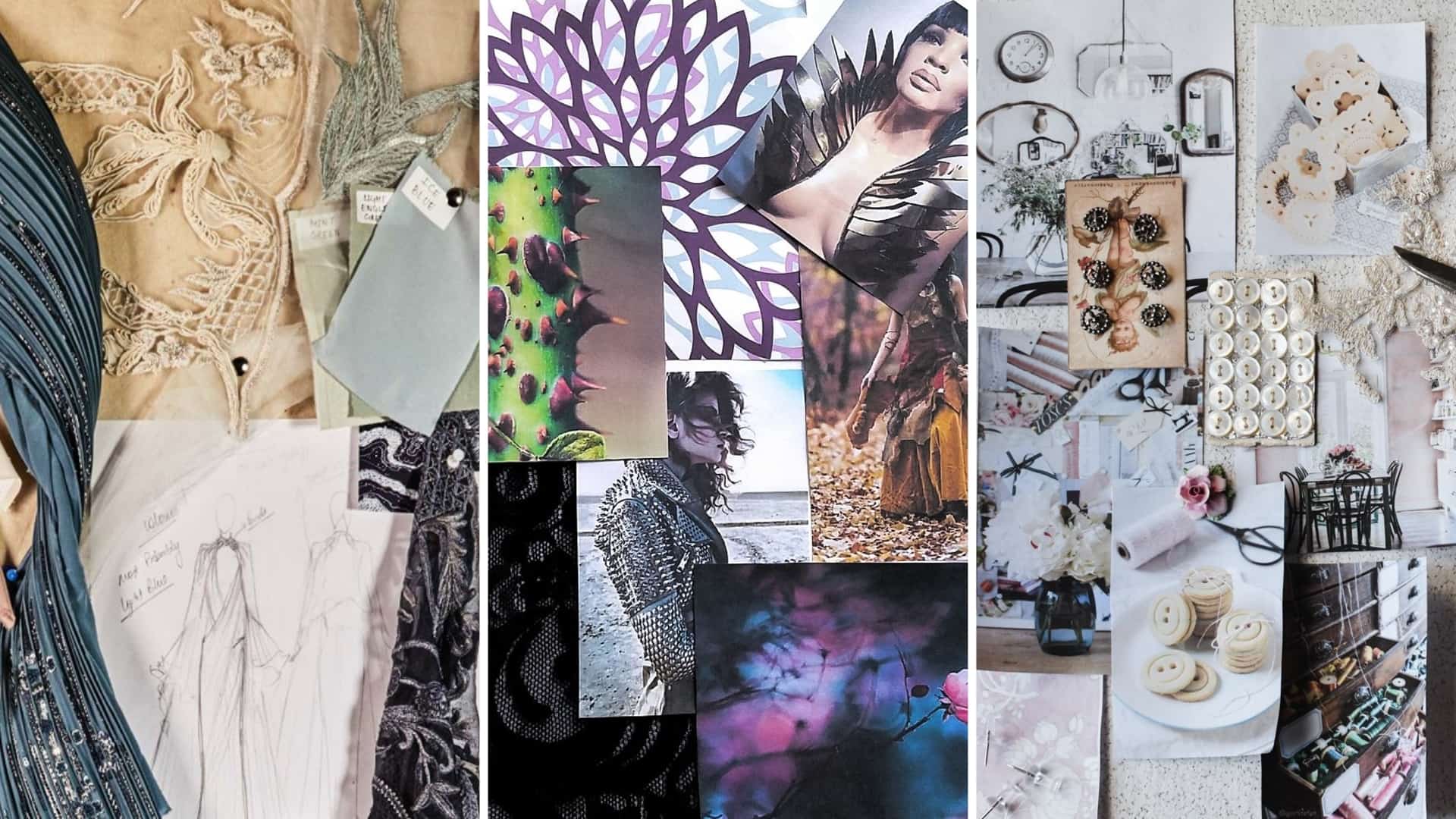
Creating a fashion mood board is an essential step for designers, fashion enthusiasts, and anyone looking to explore and communicate their style ideas visually. This guide offers a step-by-step approach to developing a compelling mood board that captures your unique vision and aesthetic.
Define Your Theme and Purpose
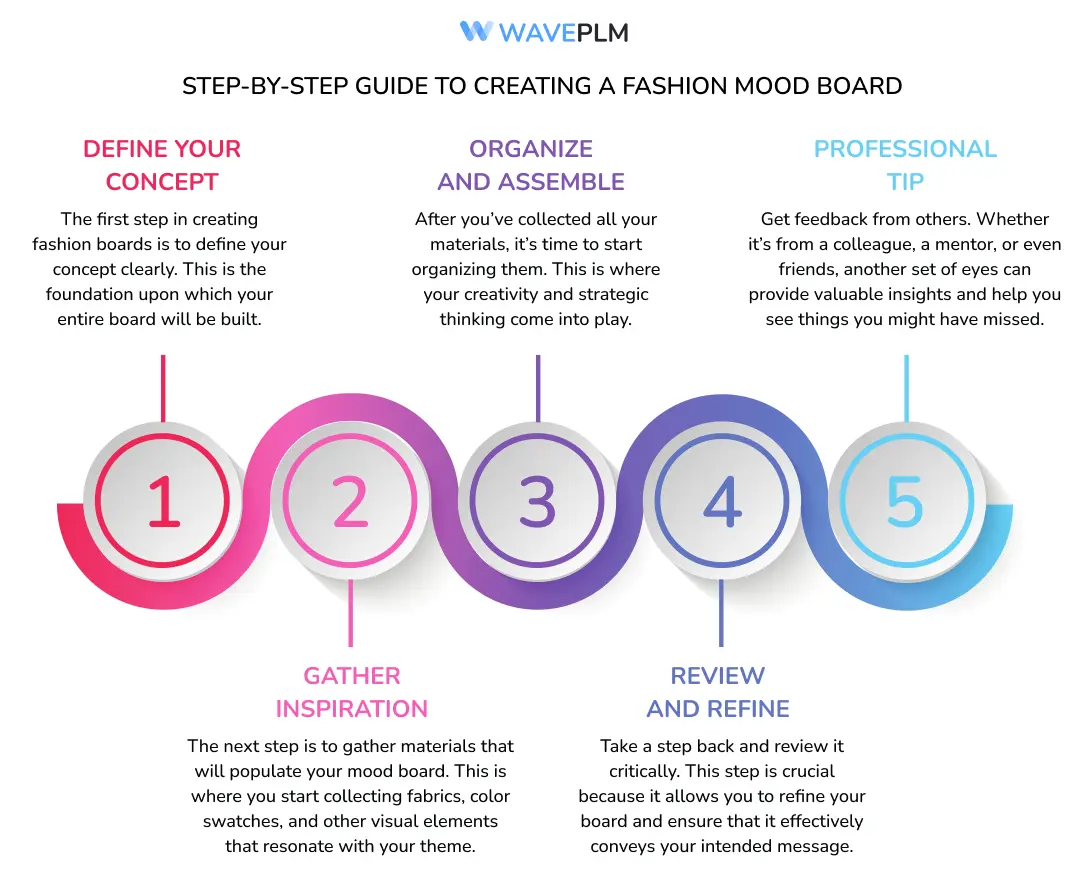
The first step in crafting a mood board is to define a clear theme. This theme will help guide your selections and ensure consistency in your design direction. Themes can revolve around various concepts, such as a color palette, an emotional vibe, a cultural reference, or even a seasonal trend. For example, you might decide on a theme like 'summer garden party,' which could inspire a collection focused on vibrant floral patterns and light fabrics[6][7].
Understanding the purpose of the mood board is equally important. Are you designing a specific clothing line or planning a photoshoot? The intended use influences your choices in imagery and layout, ensuring that the final product effectively communicates your vision[5].
Gather Inspiration
Once your theme is established, it’s time to collect inspiration. This involves researching and curating visuals that resonate with your chosen theme. Potential sources of inspiration include:
Fashion magazines
Online platforms like Pinterest and Instagram, where you can find a wealth of fashion images and trends[1][4].
Real-life observations, such as nature, architecture, or street style[6][7].
Social media, which provides access to real-time trends and styles[6][9].
As you gather materials, aim for a diverse range of elements, including photographs, fabric swatches, color samples, and even textures from other design disciplines, such as interior design or art[2][4][6].
Selection and Organization of Materials
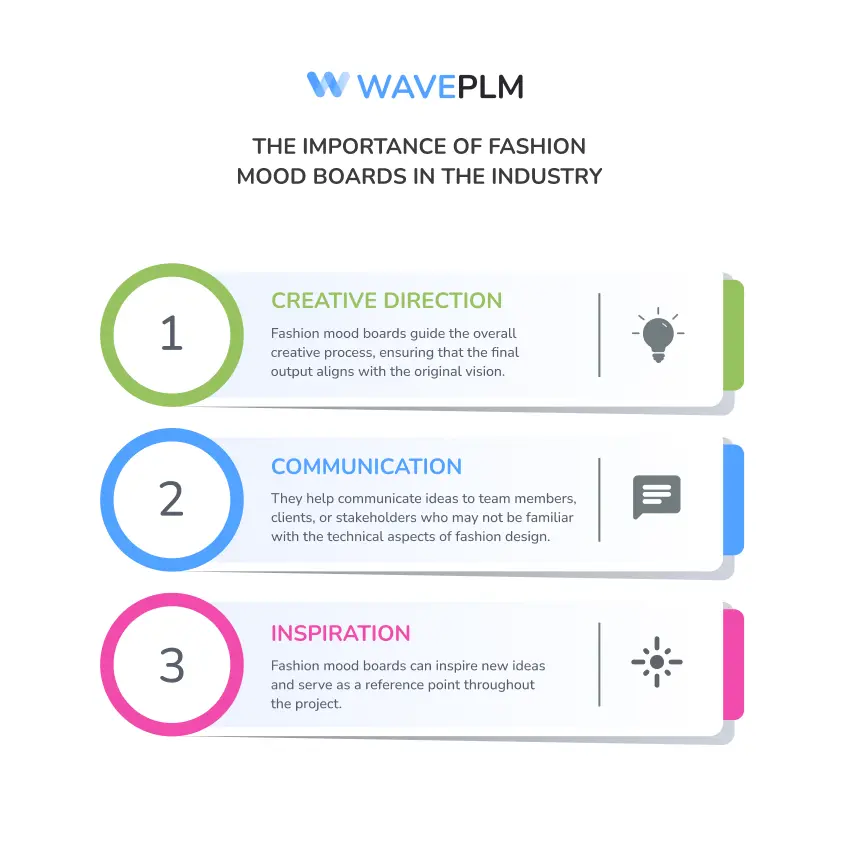
After collecting a wide array of inspirations, the next step is to select the visuals that best represent your concept. This process should involve filtering out materials that do not quite fit, creating a more cohesive narrative. Look for common themes and color schemes among your materials, which will help in establishing a strong visual flow[5][6].
When organizing your mood board, consider the layout and composition carefully. You might want to group images by color, texture, or theme to facilitate a clear understanding of how the elements interact visually. The arrangement should guide the viewer’s eye naturally across the board, merging larger images with smaller accents to create a balanced look[3][6][8].
Create Your Mood Board
Once your elements are selected and organized, it’s time to assemble the mood board. You can opt for a physical board using cork or poster boards, or a digital platform like Canva, Milanote, or Adobe Spark, which allows for easy editing, sharing, and collaboration[5][6][9].
Physical Mood Boards
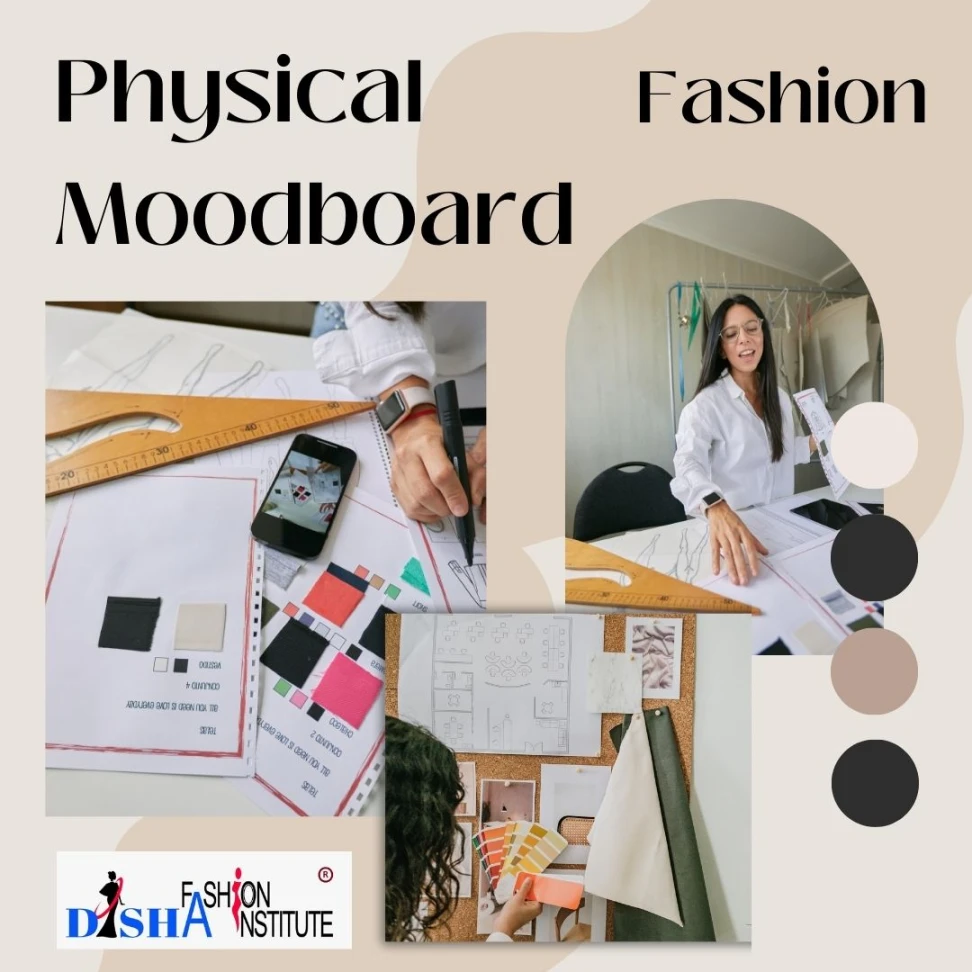
For those who prefer a tactile approach, physical boards enable the use of actual fabric swatches and printed images. Begin by positioning larger items first, followed by smaller details, to maintain balance and clarity in the overall composition[6][7].
Digital Mood Boards
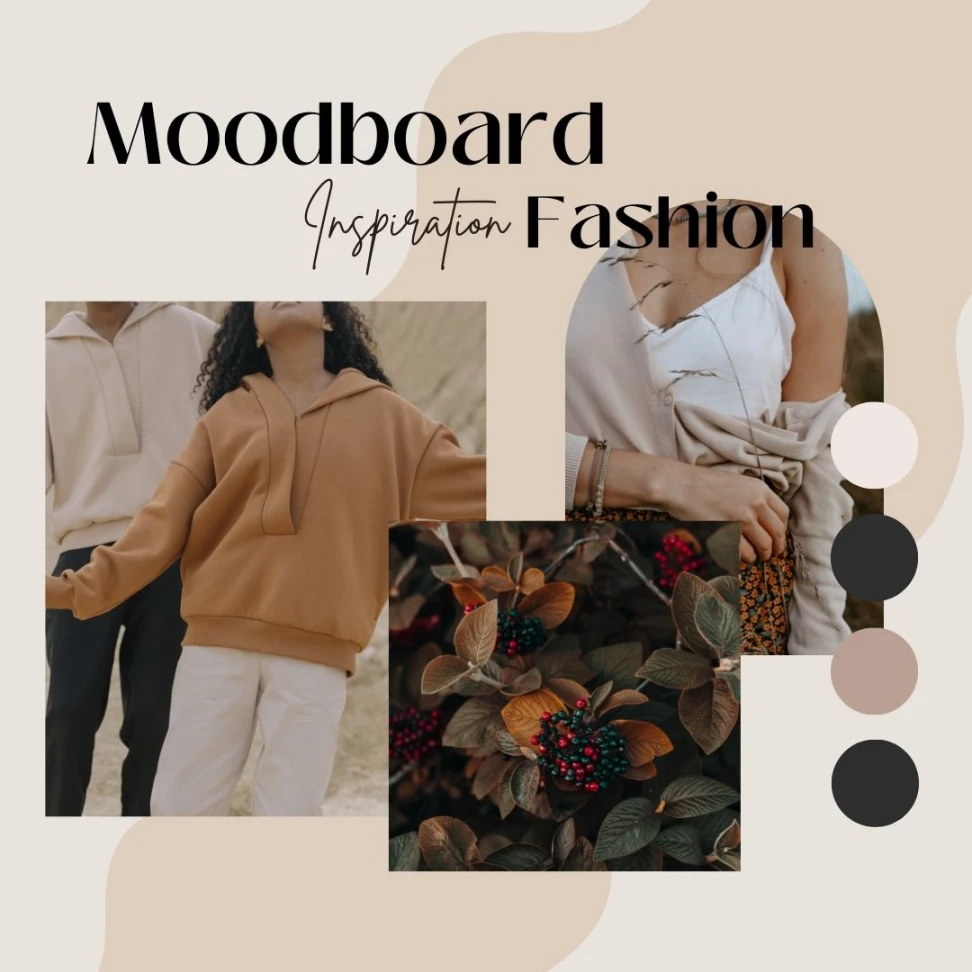
For digital mood boards, choose a software that suits your ability and the kind of presentation you wish to create. Digital tools often provide enhanced flexibility and aesthetics, allowing for a polished final product that can be easily shared with collaborators or clients[2][4][9].
Consider Color and Texture
Color selection is a critical aspect of mood boards. The colors you choose should evoke the feelings that align with your theme. Utilize color theory principles to develop harmonious palettes—consider complementary and analogous colors to create a visually appealing outcome[3][4]. Incorporating textures alongside images can also enhance the sensory experience of your mood board; for example, fabric swatches can provide a tangible sense of what the final pieces may feel like[1][6][8].
Engage and Evaluate

Once the mood board is complete, engage with it critically. Review your arrangement, ensuring that it accurately captures the intended mood and concept. Ask yourself whether it communicates the story you want to tell, and consider seeking feedback from peers or mentors, which can provide fresh perspectives on the effectiveness of your visual narrative[3][5][8]. Don’t hesitate to make adjustments as needed; mood boards can evolve as your project develops, reflecting new inspirations and insights you gather along the way[6][7][9].
Conclusion
Creating a fashion mood board is a dynamic and iterative process that encapsulates your design ideas and inspirations. By defining a clear theme, gathering diverse materials, selecting and organizing your visuals thoughtfully, and paying attention to color and texture, you can produce a mood board that not only inspires your fashion journey but also serves as a vital communication tool throughout your design process. Happy creating!
Get more accurate answers with Super Pandi, upload files, personalized discovery feed, save searches and contribute to the PandiPedia.
Let's look at alternatives:
- Modify the query.
- Start a new thread.
- Remove sources (if manually added).